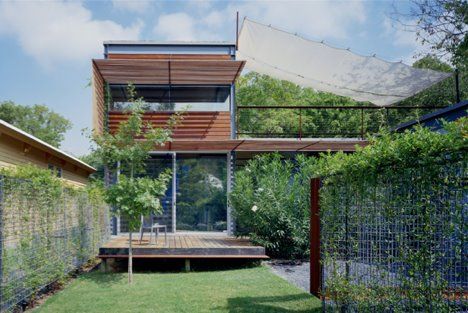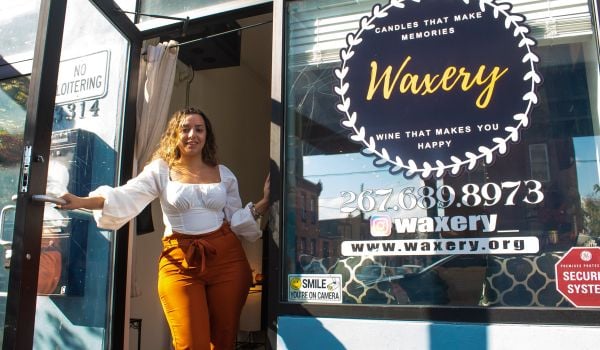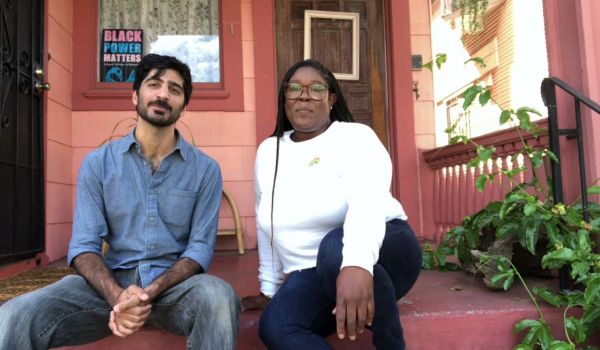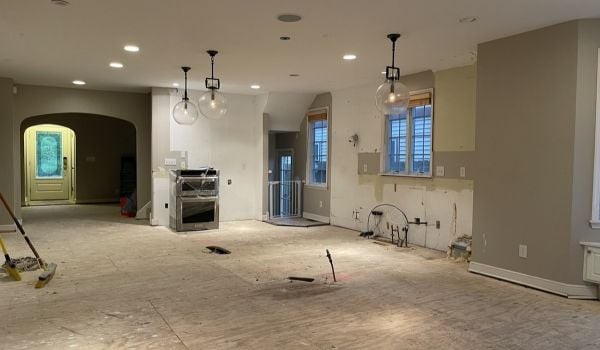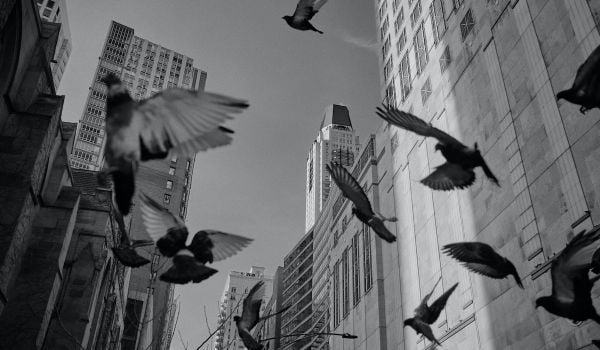Look at many large North American cities and you see a sea of suburban houses. Sprawl has become the norm. But it is costly, damages the environment and affects quality of life. A new generation of planners and architects is beginning to look at sustainable, human-centered solutions to the creeping suburbs.
There are several reasons for the rise of the suburbs. The planning structures put in place after World War II encouraged the construction of low-density neighborhoods. Low gas prices created a car-dependent culture. And most developers are resistant to changing the paradigm of the suburbs because it has worked for them.
The four architects profiled in this series offer their own analyses of how North America has come to face this situation, and how it might be solved. To see the first article in this series, click here. For part two, click here.
An architect with a vision of revitalizing inner cities and building “slow” homes rather than cookie-cutter suburban boxes is John Brown of housebrand. The firm is based in Calgary, Alberta, and focuses on building residential homes following slow home principles.
Brown explains that housebrand’s “slow home“ philosophy was inspired by the slow food movement. He terms the houses built in the suburbs as “fast homes” and explains that like fast food, these homes are “bad for you, standardized and designed to be sold for the profitability of a big industry rather than the quality of what it is.”
The suburbs, according to Brown, have proliferated for two main reasons. “They never changed their greenfield growth pattern and kept on expanding out so the model didn’t change,” he says, “And big business saw this as an opportunity and they started to prey on people’s need for food and home, which are deep psychological needs.”
To counter these issues, Brown explains that housebrand’s slow-home philosophy embraces two major principles. “The home needs to be simple to live in and light on the environment,” he says. “Simple to live in means it works the way it should, it doesn’t have rooms you don’t need or awkward geometries that catch your eye when you walk into the show home but are impossible to furnish.”
Brown points out that house location could actually be viewed as a design choice that people don’t often consider. “People walk around saying they don’t have enough time in their days and they think it has to do with external stresses,” he says. “They don’t realize the choice that they made to live an hour away from where they work means that they spend two hours every day commuting.”
Brown is keen to emphasize that a slow home is not about style. For him, before the discussion about style can take place, there has to be a move towards houses that are better built. He also emphasizes that many architects are guilty of treating houses as “high art” and end up with houses that are, he says, “well designed but […] also so esoteric and out there that they don’t have a relevance.”
The slow home movement principle of living lightly also informs the viability of redeveloping the inner city. Brown says that the idea of living lightly is for the home to be closer to a workplace so people don’t have to drive, designed to be a modest size and situated to take advantage of passive solar heating and cooling.
In his opinion, change will be incremental. “Every time people make a better decision about where they’re going to live, every time they choose to live in a denser neighborhood so that they can take transit or cycle,” he says, “they’re designing a future by making these choices.”

